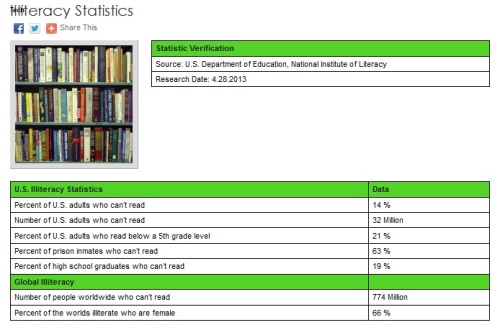There’s an eye-opener. (Cue the sarcasm.) It now turns out that being on social media can interrupt your sleep. A study by the University of Pittsburgh School of Medicine has determined that young adults who check social media on a daily or weekly basis have more problems sleeping than their peers who use it less often. The participants who reported most frequently checking social media throughout the week had three times the likelihood of sleep disturbances, compared with those who checked least frequently.
Granted, this is a single study of 1,788 participants, and more are needed to verify the validity of this one, “particularly to determine whether social media use contributes to sleep disturbance, whether sleep disturbance contributes to social media use – or both.” My kid will testify to my nagging that looking at her iPhone in the dark will ruin her eyes. Now I have further fodder to add to my badgering.
I personally leave my phone downstairs to charge when I go to bed. I can’t check email during the workday, as it’s blocked. I get on Facebook once or twice a week, tweet once or twice a month, and don’t have SnapChat. I can’t personally attest to the authenticity of this study, but it makes sense that anything that sucks attention the way social media does would have some kind of negative effect. It doesn’t surprise me in the least that social media disrupts sleep. I hope at some point people will sit up and take notice, get their noses out of their phones, and regain some sort of equilibrium in their lives. Not to mention a better night’s sleep.



